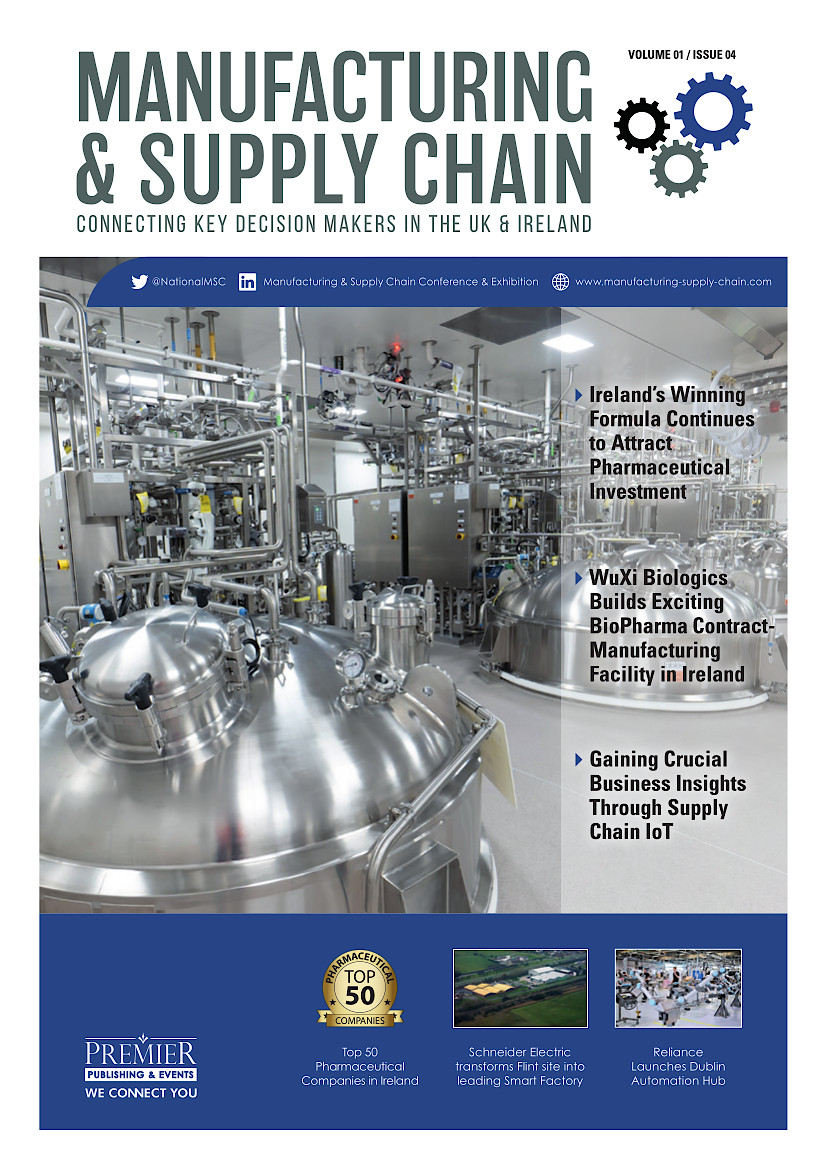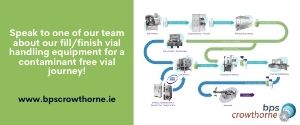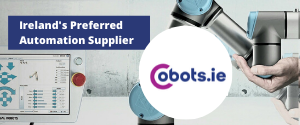Hard Choices Remain in Finalising Irish CAP Reform
An analysis and study of the options for implementing the reform of the Common Agricultural Policy (CAP) in Ireland, finds that beef and sheep producers are most likely to benefit. The study, produced by Teagasc, also points to important issues that need consideration in making decisions on how the reform is implemented in Ireland. Over recent months Teagasc has consulted and been in dialogue with various stakeholders.
EU level negotiations on the CAP reform concluded earlier this year leaving EU member states with a series of choices in terms of how the reform would be implemented. The Department of Agriculture, Food and the Marine (DAFM) has yet to announce the details of how the new CAP will operate in Ireland and has canvassed the views of stakeholders in advance of reaching its decision. Teagasc has provided DAFM with a submission, which includes a detailed economic analysis of the implications of the various payment models for farmers in Ireland.
Under the reform, Ireland’s total take from the CAP will decline slightly but there is also a requirement that the government make changes about how the Basic Payment Scheme (BPS), the main support farmers will receive under the new CAP, is distributed. The end result will mean that some farmers will be better off, while other lose out.
Currently, Ireland operates the so called historical payment model, whereby a farmer’s Single Farm Payment (SFP) is calculated based on the amount produced in the 2000 to 2002 period. The payment is made to farmers on a per hectare basis and the amount received per hectare varies from one farm to the next. However, from 2015, under the reformed CAP, Ireland is required to move away from this historical model and payments will be redistributed to reduce the disparity that exists from one farm to another.
The reform has specified a minimum and maximum range of redistribution, meaning that the final level of redistribution must be decided by government. As the budget available is fixed, a gain in direct income support for one farmer is necessarily associated with a loss in direct income support for another.
The Teagasc analysis shows that a greater number of farmers would see an income increase if the maximum level of redistribution is selected. However, that choice could have implications for agricultural production.
“There is a risk that agricultural output could decline if the redistribution of income support is applied to the maximum extent, as the farmers who would lose out account for the bulk of agricultural output in Ireland,” says Dr Kevin Hanrahan, Teagasc economist, one of the main authors of the report.
Another feature of the CAP reform will be the possibility of targeting support to certain agricultural activities via the reintroduction of so called coupled payments, which were eliminated in Ireland under a previous CAP reform. The option of coupled payments is a key controversial question in the current debate.
The Teagasc analysis highlights the economic benefits to beef and sheep farmers of the reintroduction of coupled payments for these enterprises. However, Dr Thia Hennessy, Teagasc, one of the authors of the report, warns that coupled payments are not a ‘free lunch’.
“Coupling can only be funded by reducing the monies available to fund other CAP supports and in many cases this means that the net benefit of coupling to the farmer is far less than the face value of the payment,” she says.
While coupled payments for suckler cows and ewes would increase the profitability of such enterprises, the report finds that the payment level is insufficient to seriously improve the economic position on the large number of loss making beef farms.




















